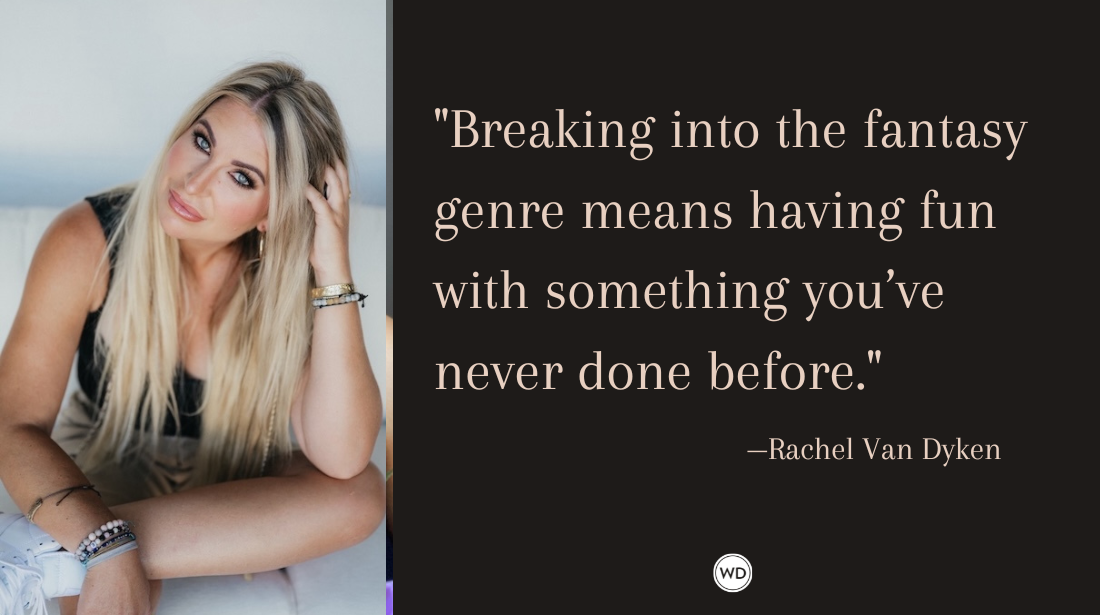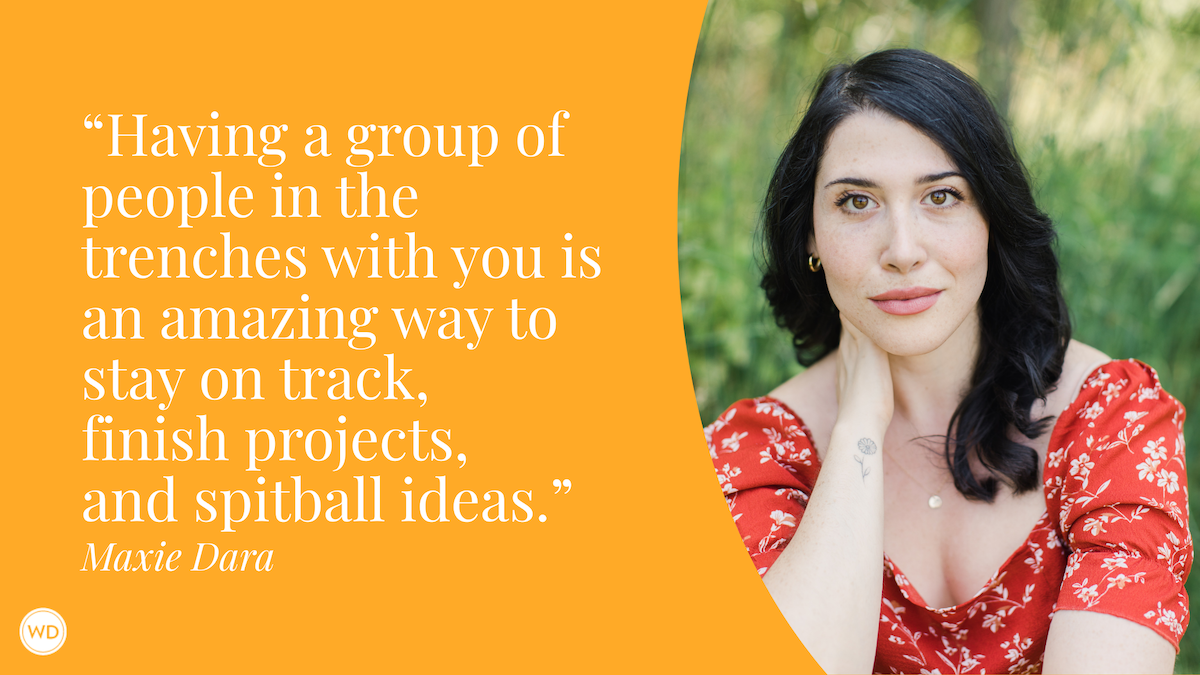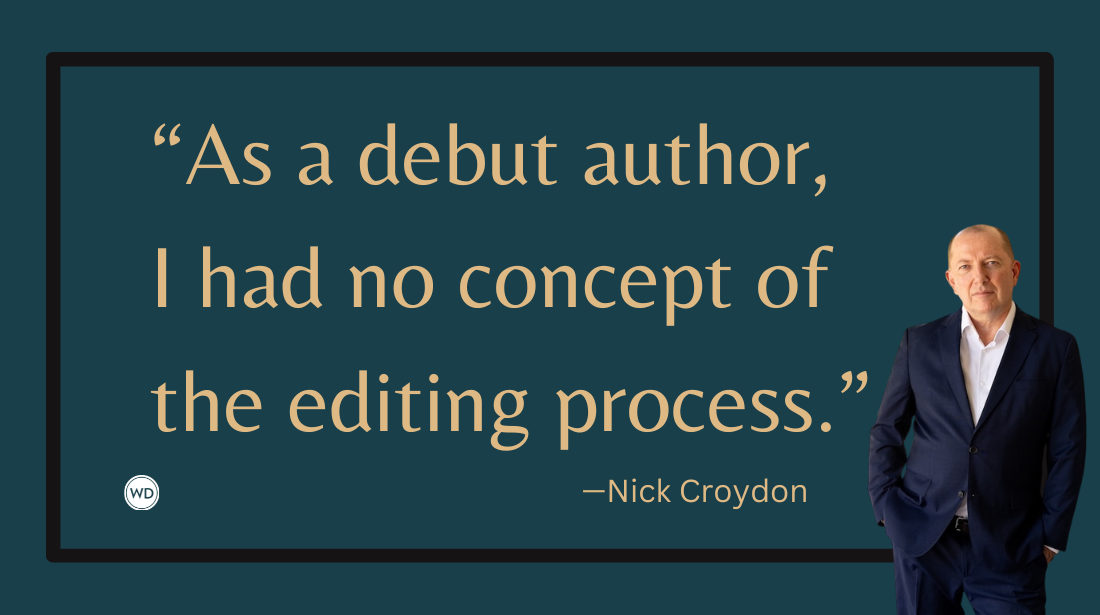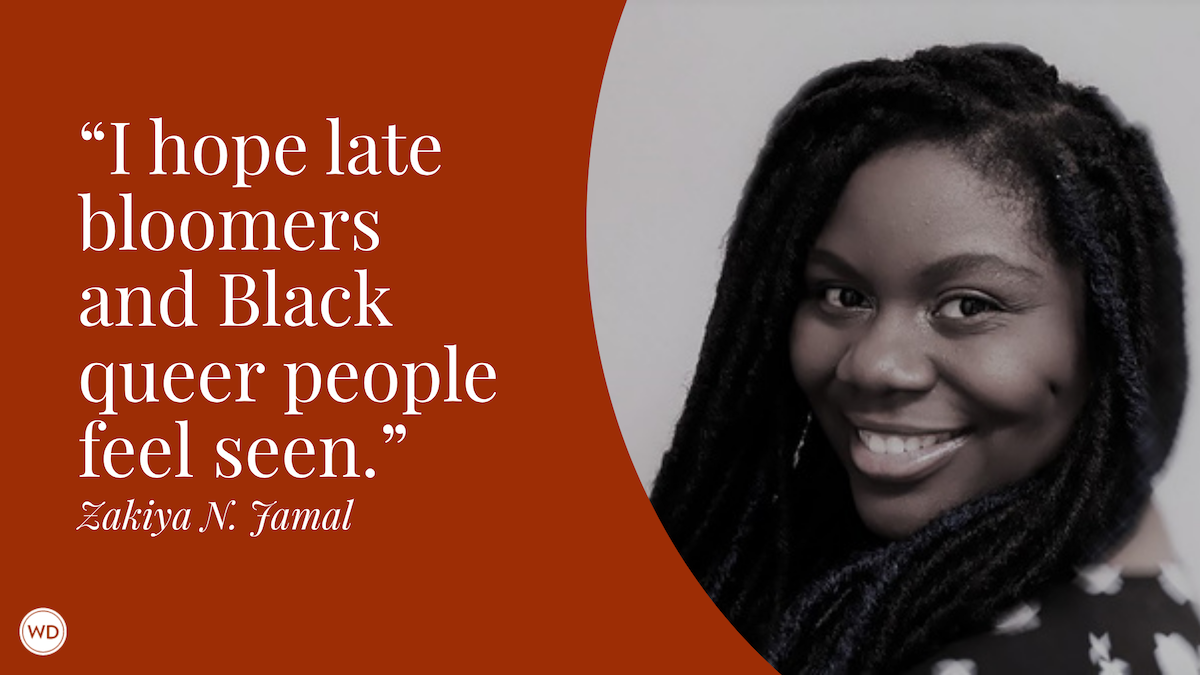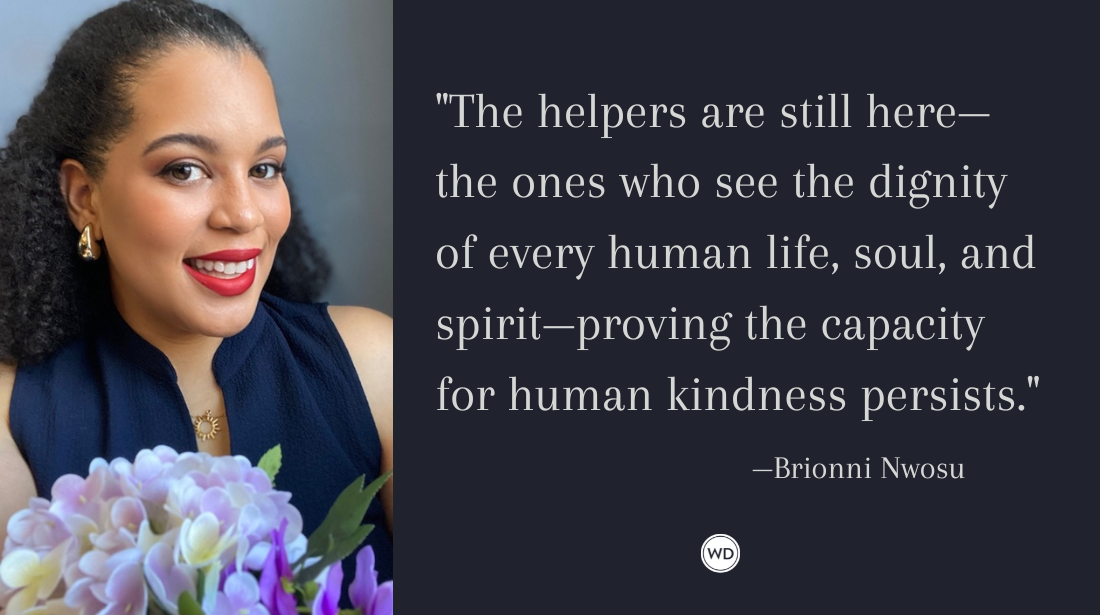Using Kids and Parents as Beta Readers for Children’s Fiction
After writing two very different manuscripts, Marie Unanue sent them out to kids and their parents, who acted as beta readers, along with a survey. The process resulted in her final early reader chapter book.
Debut author Marie Unanue, whose book and message are about being "kind all the time," has a unique writing process story: After writing two very different manuscripts, Marie Unanue sent them out to kids and their parents, who acted as beta readers, along with a survey. The process resulted in her final early reader chapter book, The Adventures of Phatty and Payaso: Central Park. Here, she writes about this process and how it shaped the life of the book.
When I sat down and wrote this book, I felt a hodgepodge of emotions: excitement, fear, anxiety, and wonder were just a few. In fact, few things in this world felt scarier to me than attempting to write a book, but writing a book for kids took the top spot.
Let’s face it: Understanding the mind of a child is one thing, but writing a book that parents can stand behind and encourage their child to read is an entirely different animal.
Pleasing every parent isn’t just difficult, it’s impossible. It’s parents who buy books for their children, so I felt stressed about reaching the “right” parents while pleasing the children themselves. When all was said and done, what type of parent did I want in my corner?
In the end, I decided to take parents out of the narrative and speak solely to the children.
I may not be able to figure out parents and their myriad motivations—after all, I’m not a parent, but I was once a child. I can remember the ups and downs as if they were yesterday. The range of emotions children go through is staggering, all while trying to keep up with schoolwork, sports, extracurriculars and more. I wanted a book that would somehow connect with every child on some level. Whether it be about their looks, their intelligence, their race, their gender or any other facet, connecting with them was vital.
I chose to write this book for any child who has ever felt a moment of insecurity. I wanted a book that spoke of the importance of kindness, strong character, and friendship. But this book also needed to be fun to read, offering children an adventure that kept them interested and anxious to turn every page.
When I read the first draft of the story back to myself, it felt happy and childish, and I honestly thought it was a home-run. Who wouldn’t want to see a chubby little kitty overcome his fears by running to the park? But in truth, it felt sticky sweet with a tearful, over-the-top “storybook” ending. There was no villain, life was all peaches and cream, and the animals lived together in a little utopia.
So, I sent the first manuscript out to be read by some adults and kids. The reviews came back that it was a “fun” and “cute” story that perhaps should be transformed into a picture book for a younger audience. They loved the characters but had asked me various questions: How was the ticking clock pushing the story forward and how was it keeping kids interested? Where is the urgency for Phatty to get to the park and back? What was there to stop him from achieving his goals? Where was the story’s villain? Why would Phatty risk everything if he didn’t have a dire situation on his paws?
These were all great questions. It was my first go at writing, and I hadn’t done an outline. In fact, I had been making the story up as I went along, pulling bits and pieces from what I had seen the animals do. I didn’t stop until Phatty overcame his fears and made it home to the apartment in one piece.
It was only after the reviews came back that I decided to sit down and tear the story apart. My insecurities about this entire process hit an all-time high. I filed the story away, thinking I didn’t have what it takes to write a book.
However, after a year went by, I took it out and read it again. I decided to give it another go. Now I needed to create a new level of intimacy with my readers. My book lacked situations that would push kids to consider their actions and challenge their thought processes. I had to add conditions to my story which would promote character traits missing in today's youth.
But it was a fine line to walk. I didn’t want to offend anyone by going too far. I didn’t want to lecture kids on how to be kind by teaching them right and wrong, but rather to create situations that would allow readers to realize right from wrong by example. I needed to develop situations that parents would applaud for the character skills I was describing. However, I also needed readers to feel attached to the characters, to be rooting for them as the adventure unraveled.
Once the next draft was completed, I began a new step in the process. I needed to see first-hand what kids honestly thought about the story and its characters. Did they identify with my characters? And if so, how? To get feedback, I sent the story to more than 50 kids along with a book report form for them to fill out. Looking back, I know having these kids as beta readers was crucial to my process. I didn’t have kids of my own, and I didn’t know what today’s kids were looking for in a story.
On the questionnaire I asked my beta readers:
- What is currently your favorite book?
- How does this story compare to your favorite?
- How long did it take you to read this book?
- Was the book hard to finish?
- Did you enjoy the plot? And if so, why?
- Was there any character in the story you identified with?
- Are there any characters you would like to take after and how?
And then there were the hard questions—the questions that asked them to share some criticism.
I asked the kids straight out: Did you like the story? Was this a story you would tell your friends to read? I asked them if anything was missing in the story that would make it better. I even asked them if they disliked any of the characters and if they could change one thing in this book, what it would be and why.
Order a copy of Marie Unanue's The Adventures of Phatty and Payaso: Central Park.
Asking these questions to kids who didn’t know me or the real-life characters was vital. I needed to know if this was a decent story that kids would relate to and enjoy, or if this was going to be a huge mistake. I was pleasantly surprised with the results—my hard work had paid off. The hours spent rewriting, editing and researching had been worth it. My confidence soared. I felt like I had accomplished the impossible. And while I was thrilled that the kids had responded so well to the story and its characters, I was shocked and beyond thankful to see how happy their parents were to find that it was a children’s book with substance. They were not only thrilled to have a story that made relatable issues meaningful, but they also loved the focus on kindness and character development.
Looking back, I want to yell at myself for sitting on this story for so long. I let my own insecurity file this tale deep in my hard drive for over a year. Instead of asking questions and getting feedback, I chose to let it gather cyber dust deep in my computer, right next to that recipe I insisted on keeping, but knew I would never use. I realized that putting my anxieties and self-doubt aside was the only way to move forward. I needed to put myself out there in front of the world, and only then could I truly consider myself a writer. And to be honest, it wasn’t until someone introduced me as a new author that it sank in. I thought, “Wow, I’m really an author.” I wish I could describe to you how great that felt, but there are no words. I can only hope that one day you will feel it firsthand for yourself. Happy writing.
Marie Unanue has always been an avid reader and an activist for children who are bullied. As a kindness advocate, she hopes to inspire children across the world to remember to always treat each other with kindness and compassion. Her debut book The Adventures of Phatty and Payaso: Central Park is an Early Reader Chapter Book (August 2018). She is the former anchor of Travels with Marie, a weekly travel review program. Marie resides with her husband Andy and their animals in NYC and Mantoloking, NJ. Visit her at www.letsallbekind.com, and follow her on Facebook, Twitter and Instagram.




